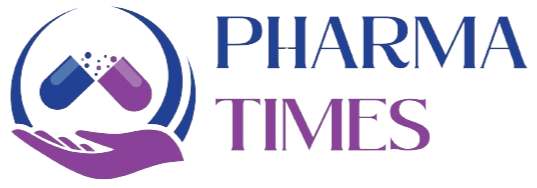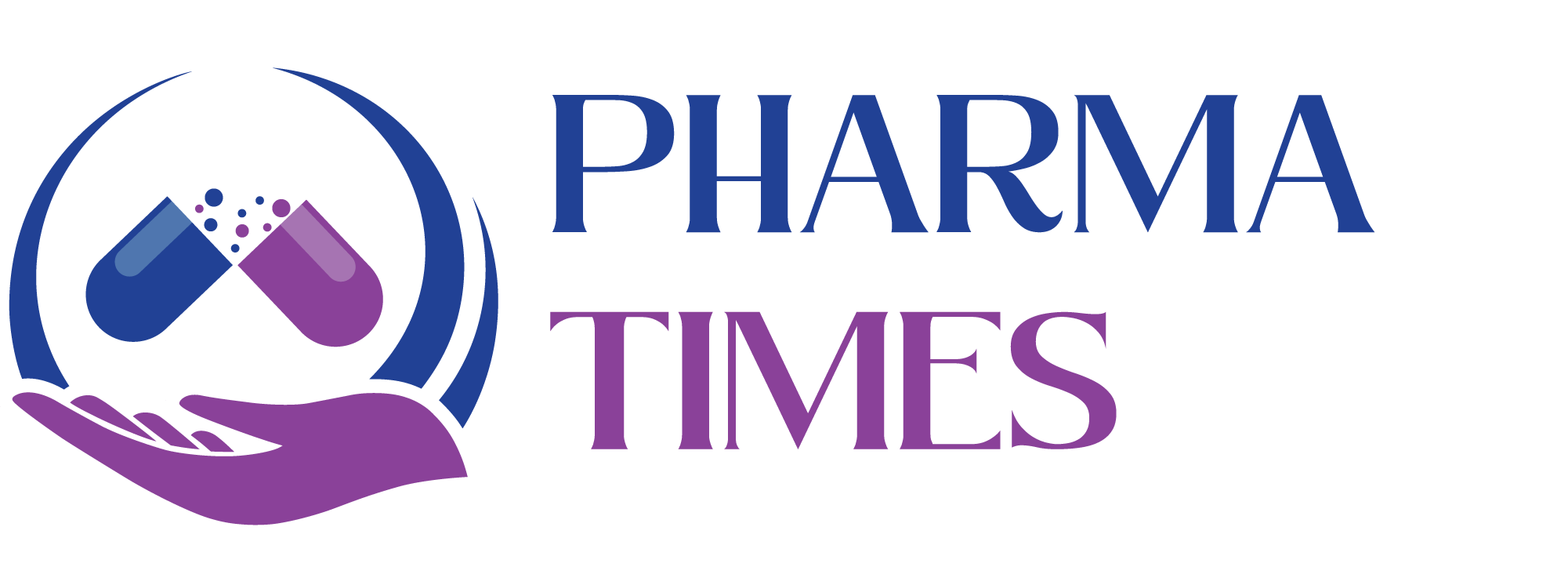What Is the Difference Between an Audit and Inspection in the Pharmaceutical Industry?

| Aspect | Audit | Inspection |
|---|---|---|
| Definition | A systematic, independent review to assess compliance with internal or external standards (e.g., GMP). | A formal review by a regulatory authority (e.g., FDA, EMA) to ensure compliance with laws and regulations. |
| Conducted By | Internal quality teams or external third-party auditors. | Regulatory agencies (e.g., FDA, MHRA, EMA). |
| Purpose | To evaluate internal controls, SOP adherence, and preparedness. | To verify regulatory compliance and product safety/quality. |
| Scope | Can be broad or focused (e.g., only documentation or manufacturing). | Typically comprehensive; may involve facility, process, and records. |
| Frequency | Scheduled periodically or triggered by internal need. | Usually unannounced or scheduled by the regulatory body. |
| Consequence | Internal corrective/preventive actions (CAPA). | Potential regulatory action (e.g., warning letter, fines, product recall). |
| Documentation | Audit report shared internally or with the audited entity. | Inspection report (e.g., FDA Form 483) issued by the authority. |
| . |
🧠 Examples
-
Audit: A pharmaceutical company conducts an internal audit of its QC lab to ensure GMP compliance.
-
Inspection: The FDA inspects a manufacturing facility to verify compliance before approving a new drug.
✅ Summary
-
Audit = Internal or third-party evaluation.
-
Inspection = Government regulatory review.
Both are essential for ensuring compliance, product quality, and patient safety.

